The content of Russian President Vladimir Putin’s speech in the parliament and simultaneous declarations by the Communist Party of the Russian Federation (CPRF) indicate that Russia is in the quest for a new state structure and economic model appropriate for multipolarity and war against the West.
In November 2022, in my article “Winter in Moscow, the wuthering of the war and the search for a new form“, I had written:
“(For Russia) It would be accurate to label the aftermath of the conflict with the West over Ukraine, which began in February 2022, as a new era. And as in every political “new era”, this process imposes its own conditions and therefore a new structuring for the state (…) It is obvious that there is a quest for a new form in the administrative structure – which in some respects cumbersome – suitable for the state of war and which will speed up decision-making mechanisms.”
In December 2022, in my article “Which coat will Russia put on?“, I summarized that the need for restructuring has been visible also in the economy:
“The war, which President Putin expects to last ‘at least 10 years’, is forcing Russia to reshape itself.
The post-1991 capitalist model, integrated with the West, is rapidly evolving into a mixed economy, with a wink to further steps forward. But the established system, the class relations and the coalitions within the political elite continue to limit Kremlin in certain areas.”
Russia’s quest for a new state structure, economy and society, and a program to meet the requirements for all that – which had previously shown itself between the lines – were made public with President Vladimir Putin’s address to the parliament on February 21.
The key points of the speech can be summarized as follows:
- Emphasis on the planned economy through the Soviet Union
- Criticism of the Western-centered economic model entrenched in Russia after the collapse of the Soviet Union
- Criticism of the dependence of Russian capital and companies on the West
- Emphasis on renewal against the cumbersome administrative and bureaucratic structure
- Social assistance programs for different layers of the population (farmers, workers, pensioners)
- Developing North-South logistics routes (This is indicating that the Russian government is seeking geo-economic alternatives).
I am of the opinion that the constructive criticism of the Communist Party of the Russian Federation (CPRF) played a decisive role in shaping Putin’s new program proposal.
In this regard, Putin’s speech was almost a response to the questions asked by the CPRF to Russian Foreign Minister Sergey Lavrov.
The CPRF’s questions mainly covered the following points:
- How can a new world order be established in which national interests are protected while remaining within the US-centered economic system?
- Given Russia’s economic dependence on the West, how logical was it to launch military operations in Ukraine?
- If a rupture with the West was regarded to be possible, why did not the diplomats build strong bridges with the Eastern countries?
- Will the properties of citizens who left Russia after the Ukraine crisis and are acting to the detriment of Russia be confiscated?
- Will you close the Yeltsin Center in Yekaterinburg (an Institute of a strong liberal leaning)
Russia’s political, economic and cultural contradictions with the West are sharpening. In parallel, the deepening of class contradictions within Russia seems inevitable.
We can make two observations:
- In the coming period, the role of the CPRF in Russian politics will become more evident.
- Putin has shown his will to rupture with the Western-centered economic system with his latest speech. However, the readiness of the state and the bureaucracy -which have been intertwined with the oligarchy and Western financial centers in terms of class- for such a shift is still debatable.
Let me conclude: At the end of the first year of the war we are heading into a period in which class contradictions will intensify while the quest for a new state structure, the economic, administrative and social model continues.







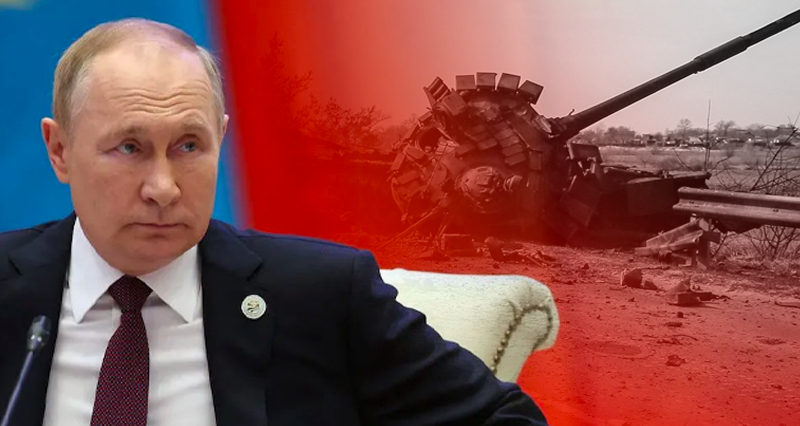

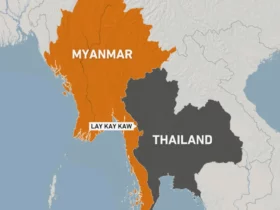
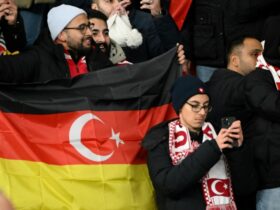
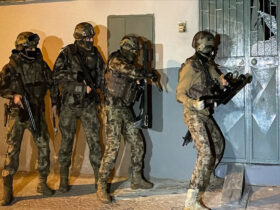

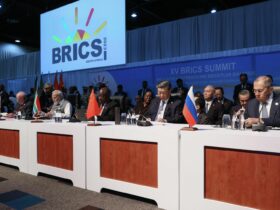
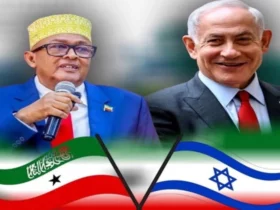
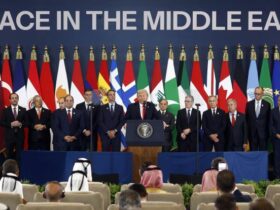

Leave a Reply